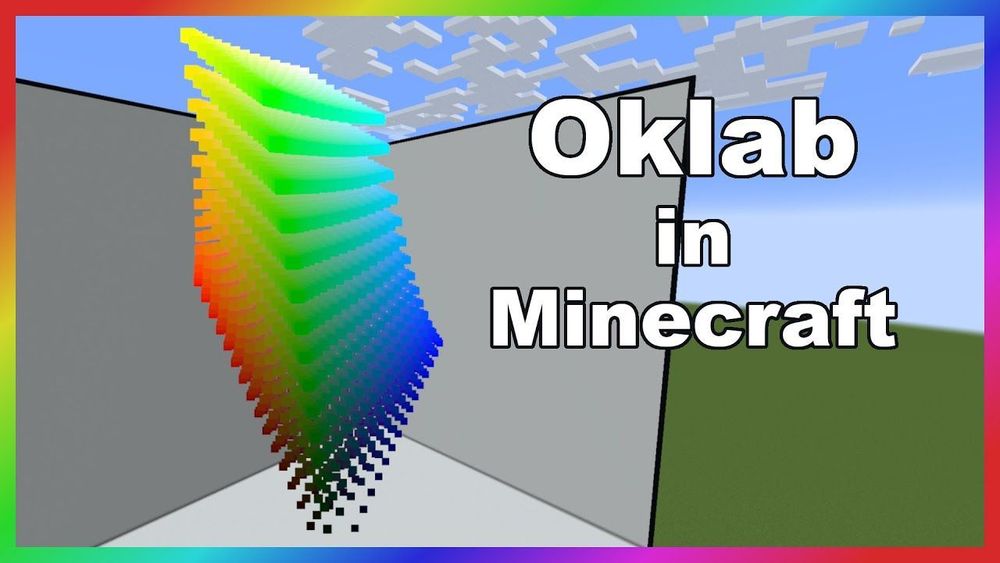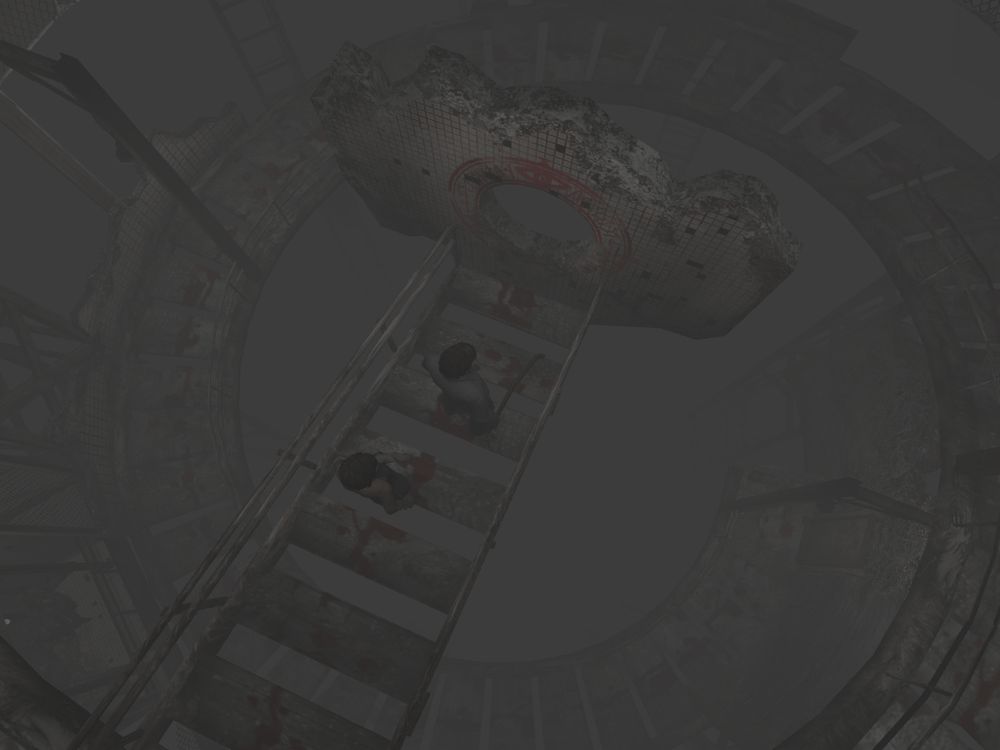
Blog at https://30fps.net/




For the last couple of years I've gotten into #N64 coding. It's great for low-level graphics! I also keep an eye on #demoscene stuff.






A short article about it on my site: 30fps.net/pages/doom-o...


A short article about it on my site: 30fps.net/pages/doom-o...
Instead of drawing sprites at each light source, full-screen subdivided plane with procedural vertex colors is rendered and blended with game frame.
#gamedev




Instead of drawing sprites at each light source, full-screen subdivided plane with procedural vertex colors is rendered and blended with game frame.
#gamedev
![Carmack's typo was a minor bug in dcolors.c, a program written by John Carmack in 1992 during early development of Doom. To generate the invulnerability colormap, Carmack converted each color in the palette to a gray scale value using a standard formula, where the gray scale value equals red*0.299 + green*0.587 + blue*0.114. In the utility, Carmack accidentally wrote 0.144 instead of 0.114, meaning that the invulnerability colormap converts all blues to be slightly too dark.[1] Since the invulnerability colormap inverts the gray scale palette, this means the gray scale colors converted from blue are calculated as brighter than they should be, and so become darker than they should be when the palette is inverted.](https://cdn.bsky.app/img/feed_thumbnail/plain/did:plc:gv6v7fo4tpkf3kjrdd4l2igh/bafkreicievnfe2qwfwy3sap3gevhsczyi3woeionslx2y6usbmkpzkau4i@jpeg)
It's a common misconception that CIELAB will instantly improve palettes produced by the median cut algorithm. Unfortunately it's not that simple.
📜 30fps.net/pages/median...
It gets pretty technical but I added some context to the intro.

It's a common misconception that CIELAB will instantly improve palettes produced by the median cut algorithm. Unfortunately it's not that simple.
📜 30fps.net/pages/median...
It gets pretty technical but I added some context to the intro.
docs.python.org/3/reference/...

docs.python.org/3/reference/...


The commonly used greyscale formula is slightly off when computed in gamma space but can it be fixed?
📜 30fps.net/pages/better...


The commonly used greyscale formula is slightly off when computed in gamma space but can it be fixed?
📜 30fps.net/pages/better...


zeux.io/2025/09/30/b...

zeux.io/2025/09/30/b...



Paper: home.cis.rit.edu/~cnspci/refe...

Paper: home.cis.rit.edu/~cnspci/refe...
📜 30fps.net/pages/percep...

📜 30fps.net/pages/percep...
numpy.org/doc/stable/u...
![# First deduplicate the colors
unique_colors, counts = deduplicate_colors(img.reshape(-1, 4))
# Create a structured array so that we can have float RGBA colors, per color weight and
# the original RGBA8 color accessible and sortable with a single index.
ColorRGBA = np.dtype([
('r', 'f4'),
('g', 'f4'),
('b', 'f4'),
('a', 'f4'),
('weight', 'f4'),
('original', 'u4'),
])
colors = np.rec.array(np.zeros(unique_colors.shape[0], dtype=ColorRGBA))
colors.r = unique_colors[:, 0] / 255.0
colors.g = unique_colors[:, 1] / 255.0
colors.b = unique_colors[:, 2] / 255.0
colors.a = unique_colors[:, 3] / 255.0
colors.weight = counts / num_total
colors.original = unique_colors.view(np.uint32).reshape(-1)
# Scale the channels to weight luminance more when picking a split-plane axis.
# This is why its convenient to store the original RGBA8 color: the final step
# that averages colors for the palette doesn't need to know about this transform.
colors.r *= 0.30
colors.g *= 0.59
colors.b *= 0.11
colors.a *= 0.50](https://cdn.bsky.app/img/feed_thumbnail/plain/did:plc:gv6v7fo4tpkf3kjrdd4l2igh/bafkreiaac4xcieo44k25dferqcvbgtw4xb5zxjjqn5yb3ckgdlibl4wopm@jpeg)
numpy.org/doc/stable/u...

